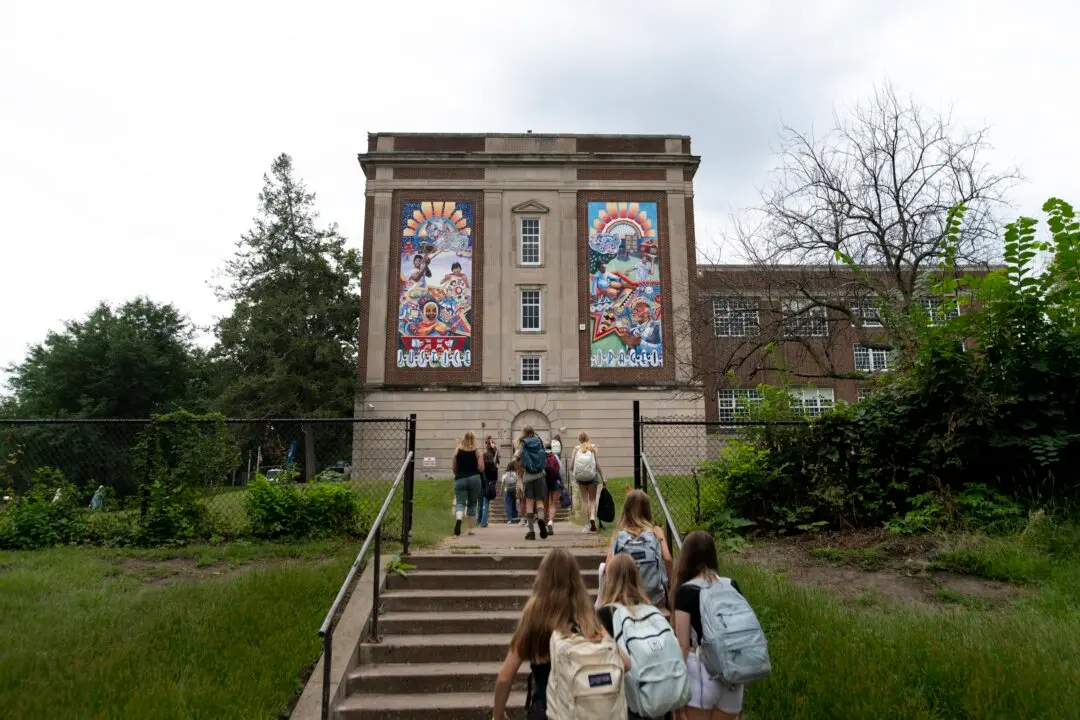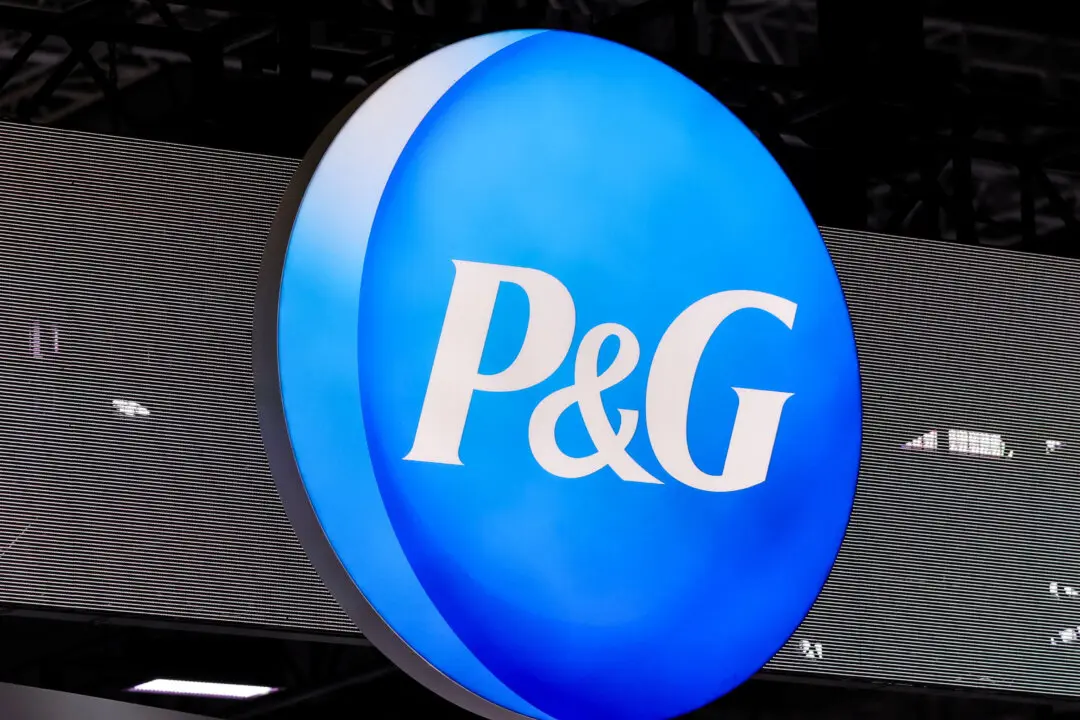NEW YORK—Rezoning east Midtown would bring a fresh mix of new buildings, a mix that must happen for the area to compete with other international business hubs, according to Robert Steel, deputy mayor. But the plan has met with a growing number of naysayers, most of whom agree that the change should happen but say it’s happening too fast.
“This area is falling behind,” Steel said, comparing the average age of buildings (73) to those in London’s Central Business District (40).
“We believe that we need to be asking the hard questions about how do we refresh and refocus east Midtown to ensure its success for the next 100 years,” he added, speaking at a Crain’s business forum Tuesday, in east Midtown.
Mayor Michael Bloomberg’s administration has approved 122 rezonings, according to Steel. East Midtown would likely be the last major one.







